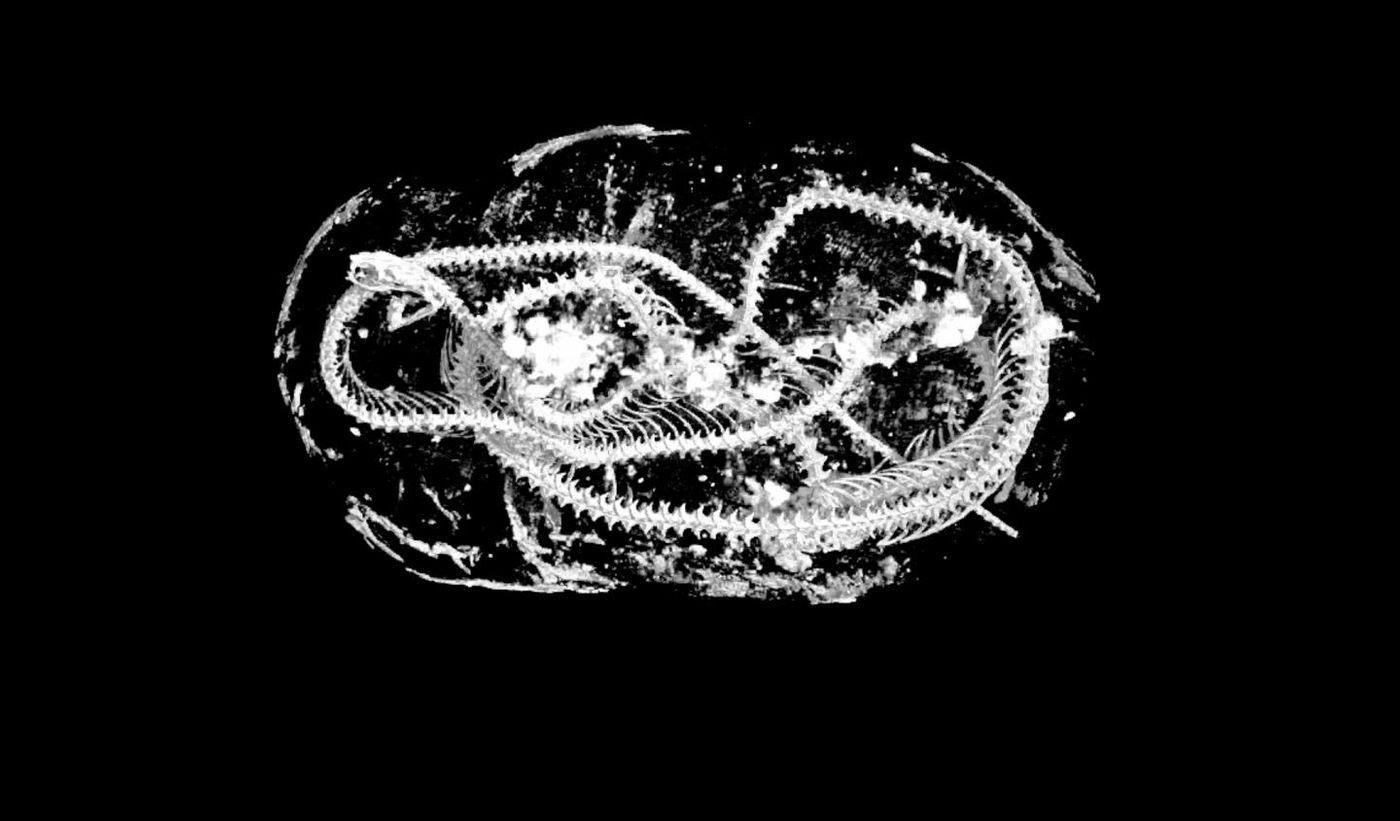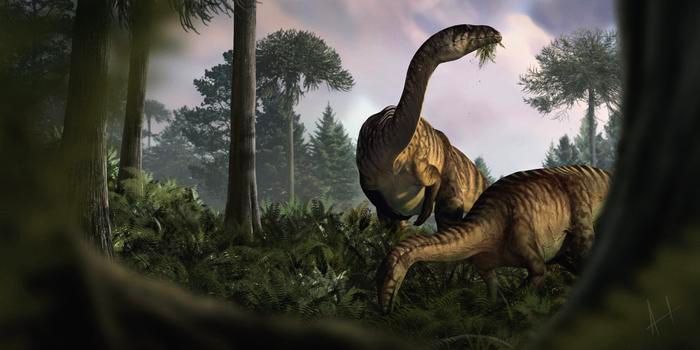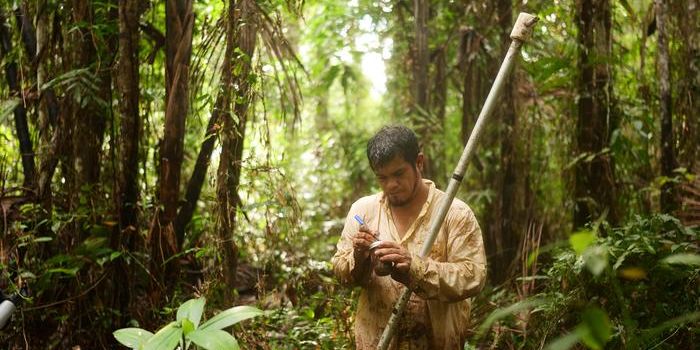Revealing a Mummy's Secrets With High-Resolution Scans
Researchers have used a technique called micro–computer tomography (micro-CT) scanning to analyze mummified animals. The tool creates three-dimensional images like those seen in the video by merging thousands of two-dimensional images taken from many different angles. Fine details can be revealed at a much higher resolution than a CT scan, without even risking damage to the specimens.
In ancient Egypt, animals were offered to gods at their temples. It's been estimated that as many as 70 million of these animals were prepared by temple priests. All of the animals in this study are thought to have been ritual sacrifices.
"Using micro-CT we can effectively carry out a post-mortem on these animals, more than 2,000 years after they died in ancient Egypt. With a resolution up to 100 times higher than a medical CT scan, we were able to piece together new evidence of how they lived and died, revealing the conditions they were kept in, and possible causes of death," said Professor Richard Johnston of Swansea University College of Engineering.
"These are the very latest scientific imaging techniques. Our work shows how the hi-tech tools of today can shed new light on the distant past," he added.
An analysis of the scans indicated that the feline mummy was probably a young domestic Egyptian cat under 5 months of age, as it still had baby teeth. Below its jaw was a fracture that may show its neck was broken at or just before the time of death.
The bird was probably a Eurasian kestrel. It had damage to its beak and leg, though the leg had been found outside of its wrappings. That may indicate that the damage happened after it died.
The snake was a tightly coiled, Egyptian cobra, coiled into a tight bundle. The researchers suggested that it was killed in a common but extremely violent way, in which the animals' heads were whipped against the ground by a person holding its tail. Its body also showed signs that it lived in poor conditions and was dehydrated when it died.
Sources: AAAS/Eurekalert! via Swansea University, Scientific Reports









